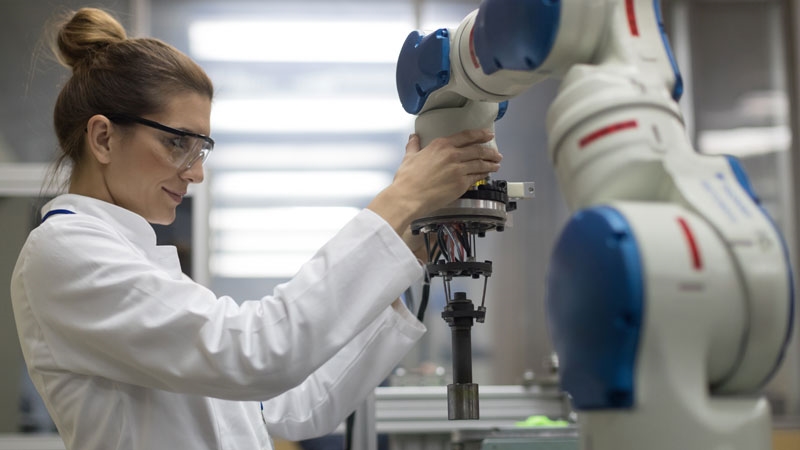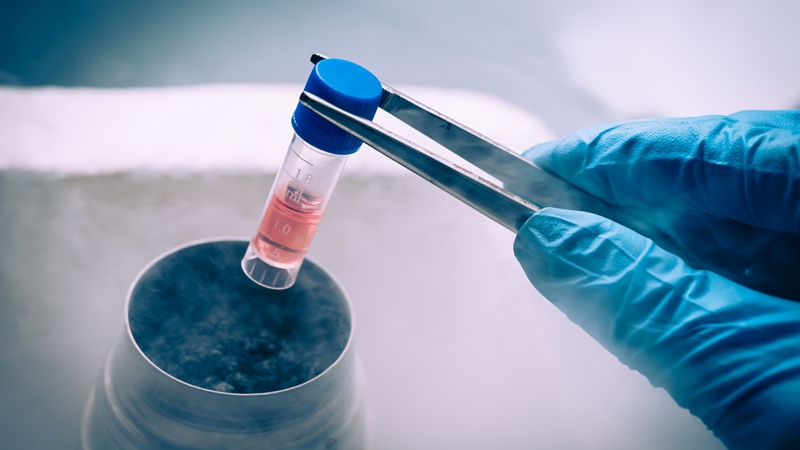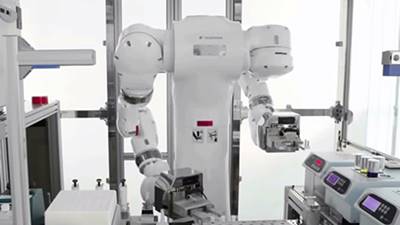Dealing with unknown future demands and rapid changeability is commonplace in this new pharma reality. Yet laboratories are often planned or even established before it is fully known which processes and technologies they actually need. The answer to this problem? Embracing flexible, modular laboratory facilities that can adapt to future research needs and process development.
The initial phases of a laboratory project are by far the most important. To be successful, you need a thorough understanding of the project, business objectives and motivations behind the design. You need to apply this same focused approach towards compliant and future-proof laboratory operations, whether you’re designing biopharmaceutical laboratories for research, development or quality control (QC).
In addition, the relationship between the laboratory product, laboratory processes and how the product is handled in operations is key to design. To approach this in the most efficient way, you need a comprehensive understanding of laboratory work processes, workflows and operations. You should then translate these aspects into programming, concept and laboratory design fit for purpose.
Updating your mindset to avoid redundant design
One current trend is that companies are investing in new laboratory facilities, or refurbishing current facilities, to improve flexibility – where main functions can be switched within weeks or even days. This is where modular concepts of flexible and mobile lab inventory and equipment become relevant.
Another trend is an increased focus on how laboratories are used. Traditionally, one of the fundamental objectives for laboratory design was to create space for a specific number of full-time employees. But severe pressure on the footprint of a laboratory facility means analysts, scientists and researchers can no longer have their own dedicated labs and equipment. There is a clear move away from “my lab” towards “our lab” – and an overall decrease in the size of laboratory facilities and lifecycle cost.
There is a clear move away from “my lab” towards “our lab” – and an overall decrease in the size of laboratory facilities and lifecycle cost."
Therefore, staying stuck in an outdated mindset can make laboratory projects redundant from the outset. Organizations instead must shift towards productivity, efficiency and creativity. And to reach these business goals, they need to ensure future-proof and flexible laboratory concepts, with shared spaces and new ways of organizing.
For example, this could mean having centralized core facilities of high pressure liquid chromatography to serve the whole lab facility, rather than decentralized specialty functions with individual expert teams. Overall, when deciding which concept to embrace, it is important to:
a) Evaluate the relevance and benefits of new technologies
b) Uncover the motivations behind design, laboratory requirements and needs for the future.
Transforming into a laboratory of the future with technology
Technological development offers new opportunities across the board. For example, it is now possible to integrate QC sampling and analysis directly into process equipment. Therefore, when looking ahead to laboratories of the future, one key trend is a move towards integrating QC activities with manufacturing functions.
Another trend is new technology and operating methods trickling down to laboratory design. For example, the amount of digital data generated from laboratory processes is rocketing, and time spent on data handling is therefore significantly increasing. This influences work operations and laboratory concepts, meaning focused data handling and collaborative spaces need to be in future laboratory models.
Focused data handling and collaborative spaces need to be in future laboratory models.
In addition, time spent on scientific collaborations and knowledge sharing is increasing and is expected to grow further with information technology and availability. Related to this, automated and integrated lab equipment, including robotics, are now used more than ever. And since robotic equipment rarely sits in work heavy areas, it therefore needs a simple, technical room with equipment to keep it cool.
All of these trends influence how laboratories work. Previously, lab workers spent around 60% of their time in a laboratory and 40% in support-related and write-up spaces. But going forward, with new laboratory design and new technology, only 20% of work time could be spent in the lab, and the remaining 80% on data handling, support functions and working in collaboration spaces.
Ultimately, laboratory automation and the growing emergence of robotics will transform the typical workday for laboratory technicians and scientists, and significantly alter the anatomy of the physical lab space.
How to move forward and prepare for an unknown future
With so many changes ahead, how can you successfully create sustainable and future-proof laboratory facilities?
First, create a solid basis for decision and design. This could include using modular and generic laboratory concepts that can integrate future technologies down the line. It is also important to use an overall approach and avoid the mistake of customizing spaces based on old technology and ways of working. And last but not least, you should conduct laboratory concept development in close cooperation and interaction with laboratory experts – the users – taking daily operations into all design considerations.



